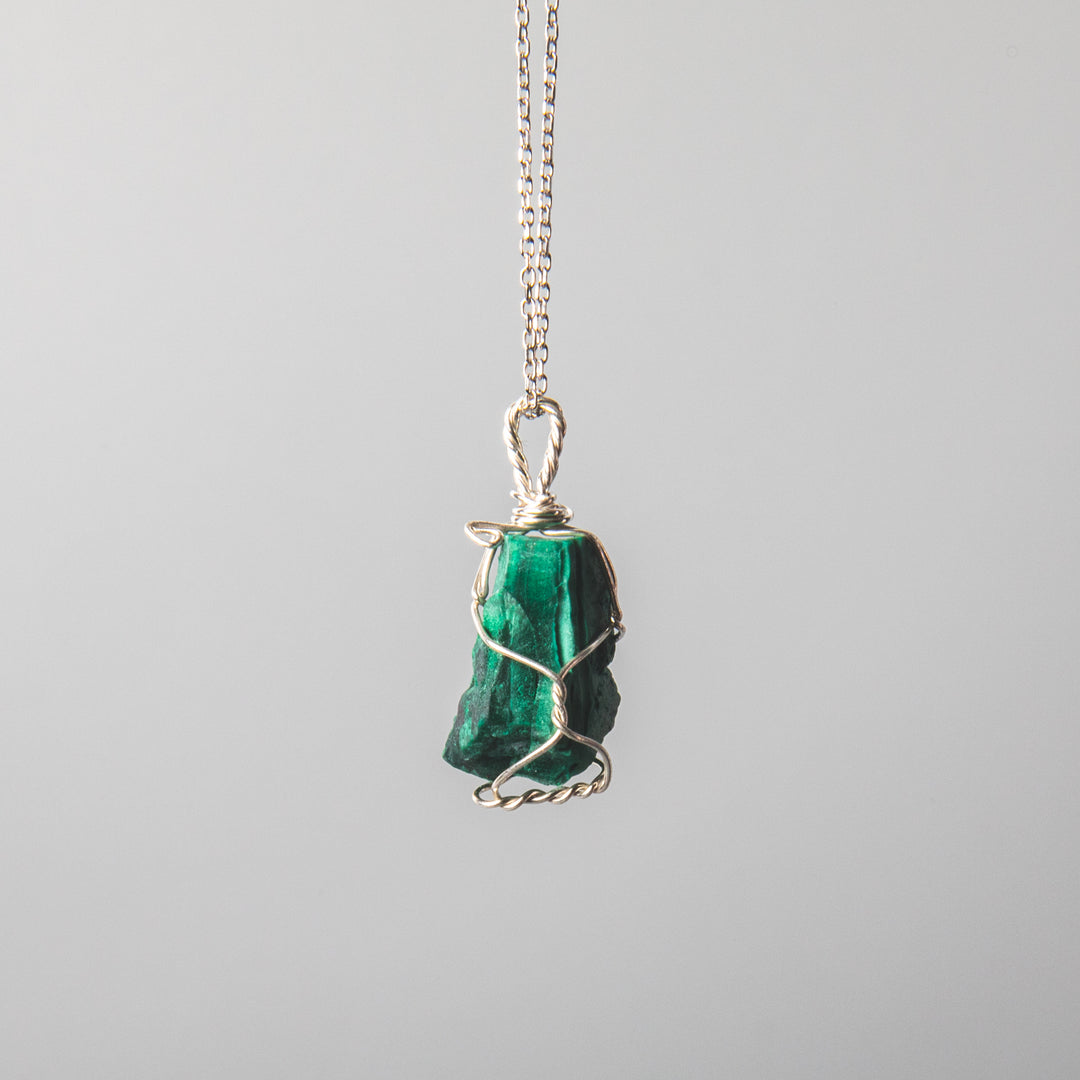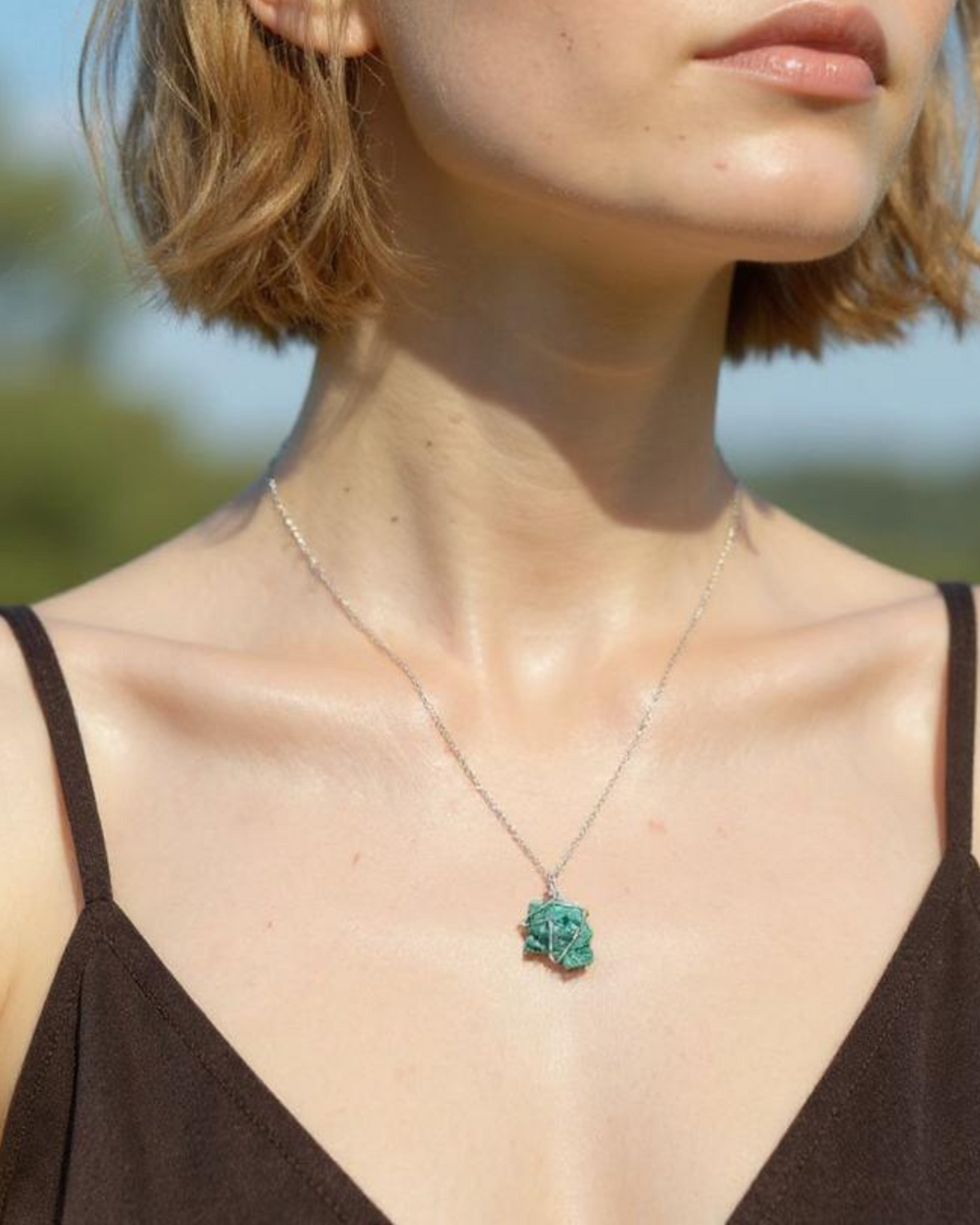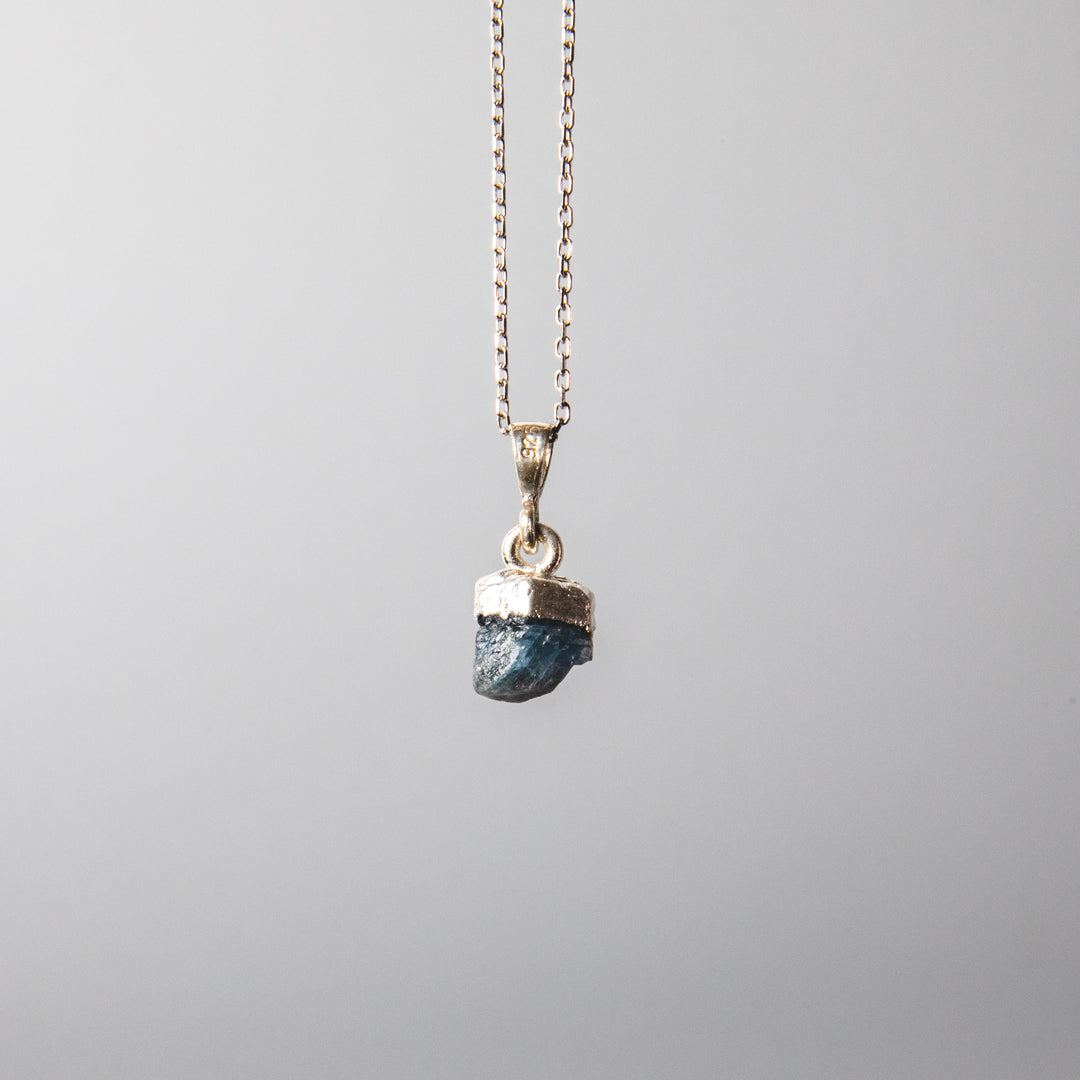Unlocking the Mohs Scale: Jewelry Enthusiast's Guide to Gemstone Durability
What exactly is the Mohs scale, and why is it crucial for jewelry enthusiasts? Let's delve into the world of mineral hardness and its significance in the realm of jewelry.
What is the Mohs Scale?
The Mohs scale, created by Friedrich Mohs in 1812, is a standardized measure of mineral hardness. It ranks minerals from 1 to 10 based on their scratch resistance, providing a straightforward way to compare the hardness of different gemstones used in jewelry.
Why is the Mohs Scale Important for Jewelry Enthusiasts?
Understanding the Mohs hardness of gemstones is crucial for jewelry enthusiasts looking to invest in quality pieces. By choosing gemstones with a higher Mohs hardness, they can ensure that their jewelry retains its beauty and luster for years to come, even with daily wear. Additionally, knowing the Mohs hardness allows jewelry enthusiasts to care for their pieces properly, avoiding activities or environments that could potentially damage more delicate gemstones.
How Does the Mohs Scale Impact Jewelry?
In the world of jewelry, durability is paramount. The Mohs scale helps jewelry enthusiasts understand the scratch resistance of gemstones, guiding them in selecting pieces that can withstand daily wear and tear. Gemstones with a higher Mohs hardness are less likely to be scratched by common objects like keys or coins, making them ideal for everyday jewelry.
Gemstones on the Mohs Scale
Let's explore more examples of gemstones found on the Mohs scale
Diamond (Mohs hardness of 10): The hardest known mineral, diamond is prized for its durability and brilliance, making it the top choice for engagement rings and other high-end jewelry pieces.
Ruby and Sapphire (Mohs hardness of 9): These corundum gemstones are exceptionally hard and well-suited for all types of jewelry, from rings to bracelets and beyond.
Topaz (Mohs hardness of 8): Known for its vibrant colors, topaz is a popular choice for jewelry, especially in earrings, necklaces, and pendants.
Emerald (Mohs hardness of 7.5-8): While emerald is prized for its stunning green hue, it is relatively softer than some other gemstones, requiring extra care in jewelry settings to prevent damage.
Factors Influencing Gemstone Hardness
Crystal Structure: Tightly packed and organized crystal structures contribute to hardness. Stronger bonds between atoms make it difficult for external forces to break or scratch the crystal lattice.
Bond Strength: Covalent bonds, found in minerals like diamond and sapphire, are extremely strong due to electron sharing between atoms. Minerals with weaker bonds, such as those held by ionic or metallic bonds, tend to be softer.
Mineral Composition:
Gemstones composed of elements with high atomic numbers exhibit greater hardness. Elements like carbon in diamond or aluminum and oxygen in corundum contribute to strong bonding characteristics.
Geological Processes:
High-pressure and high-temperature conditions during formation result in stronger crystal structures. Gemstones formed under extreme conditions, such as deep within the Earth's mantle, tend to be harder.In the end, whether we choose diamonds or rubies, amethysts or opals, let us celebrate the diversity of gemstones and their timeless elegance. For in each gemstone lies a reflection of our inner radiance, guiding us towards a path of authenticity and self-discovery.


















Yorum bırakın